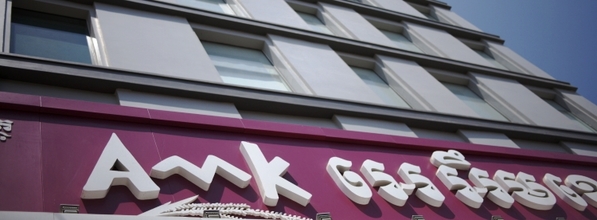In microfinance (where we’ve worked for over 20 years), many people worked under the assumption that providing credit (and sometimes other financial services) was inherently a good thing. Access to small loans automatically created impact. If this was true, then the challenge of going to scale was simply one of sourcing more capital and building organisational systems to deliver more loans. Few recognised that when it comes to creating impact, it’s the details that matter. Credit (when delivered well) can make a real difference to people lacking capital for investment, or for coping with unexpected financial needs. Yet a loan that is too big to repay, or delivered too late to make a difference to a seasonal livelihood (such as a farmer’s) can create more hardship than good. And when organisations start to compete with each other for market share, and incentivise staff to loan more money rather than to understand and respond to clients' needs, the time and space needed to build a relationship with clients and find ways to add value are lost. When clients become mere numbers (rather than relationships), staff can become harsh and coercive, rather than supportive, if things go wrong for those clients.
We explore these issues in a new book that showcases AMK, a Cambodian microfinance organisation that achieved remarkable success. It grew to serve almost 400,000 clients in just 12 years, using a methodology that is effective in reaching people below the poverty line, and delivering the products and services that make a real difference in their lives. AMK is not only successful in creating impact, but also in delivering a surplus that allows for a 15-18 per cent return on equity for investors.
AMK’s success is not a case of blind luck. Rather than chasing numbers, AMK’s strategy was to invest in understanding and serving its clients. Staff performance incentives promote reaching the right people and serving them well. Growth isn’t the goal, it is a by-product of quality. A drive for quality, rather than growth, meant that AMK designed products and services that are (to this day) unique within the market place. For example, AMK offers its clients flexibility: flexibility that allows clients to draw down money when they need it (rather than paying interest on money they are not using) and flexibility in the loan terms that allows clients to repay in line with their volatile income and expenditure patterns.
This focus on clients is not just about getting the products and services right, but also managing what matters. And for AMK’s clients, this means ensuring quality and consistency of product delivery. AMK learned through its mistakes that core activities that are vital for impact cannot be taken for granted. When giving a loan, AMK recognises that a thorough assessment of client cash flow and repayment capacity is essential. To do this effectively, AMK field staff visit clients in their homes – to get a real sense of their lives and businesses. This process is time-consuming (and costly). However, at one stage staff were taking shortcuts by skipping these visits, and management turned a blind eye, as performance numbers were looking good. However as competition grew, and the economy slowed, some clients started struggling to repay their loans, and weak loan appraisal exacerbated the problem. In response, AMK brought in a zero-tolerance policy to ensure home visits were done.
The lesson here is this: when we talk about scaling impact, first we need to think first about what we do that creates impact, and then we need to think about how we scale those processes and maintain their quality (and of course learn, adjust and improve along the way). Too often we scale a ‘good product’ without recognising that to scale impact we need ‘good organisations’ too.
This article originally appeared on the Practitioner Hub for Inclusive Business blog.



 RSS Feed
RSS Feed